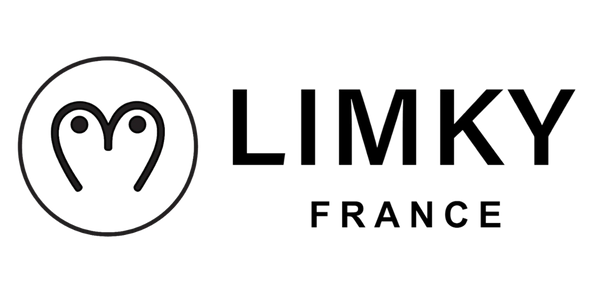
What is the Breastmilk Ejection Reflex?
Share
The Milk Ejection Reflex: Everything You Need to Know About Breastfeeding and Using a Breast Pump to Optimize Milk Expression
Breastfeeding is a natural process that involves several complex mechanisms to ensure milk reaches the baby. One of the essential elements of this process is the milk ejection reflex, also known as the "milk ejection reflex" or "milk ejection reflex." Understanding this reflex and learning how to use it correctly with a breast pump can be very beneficial for mothers who want to optimize their milk supply.
The role of oxytocin in the milk ejection reflex :
The milk ejection reflex is triggered by a hormone called oxytocin, also known as the "love hormone." This hormone is released when a mother is in contact with her baby, when she hears her child cry, or simply when she thinks about her baby. Oxytocin causes contractions in the small muscles surrounding the breast alveoli, which pushes milk into the milk ducts and out of the breast.
How to promote the milk ejection reflex:
Certain situations can disrupt the milk ejection reflex, such as stress, fatigue, or anxiety. To encourage the milk ejection reflex, it is essential to create a relaxed and calm environment when breastfeeding or expressing milk with a breast pump. Bodily contact with the baby, such as the baby's tummy on the mother's tummy or the baby's cheek on the breast, can also stimulate the letdown reflex.
How to optimize milk expression with a breast pump:
Using a breast pump can be helpful for mothers who want to increase their milk supply or for those who need to store breast milk for specific reasons. Here are some tips for optimizing milk expression with a breast pump:
-
Use your senses and mind: When using the breast pump, try to relax and focus on your baby. Close your eyes, imagine yourself breastfeeding your baby, look at a photo of your baby, or listen to a recording of your baby's babbling.
-
Gently massage your breasts: Before you begin expressing milk, gently massage your breasts to stimulate blood circulation and facilitate milk flow.
-
Try different settings: If your breast pump has independent suction and frequency settings, experiment with them to find what works best for you. Start by setting the frequency to the fastest to stimulate the let-down reflex, then move to the slowest frequency as milk begins to flow. As milk flows more and more, adjust the frequency back to the fastest and use your senses to encourage the process.
-
Use milk indicators: Carefully observe the milk flow while expressing. When milk flows more easily, it can be an indicator that the let-down reflex is active, and you can adjust the pump settings accordingly.
By keeping these tips in mind and being patient with yourself, you can optimize your breast pumping and increase your breast milk supply. Remember that every mother is different, so it's essential to find what works best for you and your baby.
If you want to read our article about breast milk leaks, I invite you to read our article here.
The importance of breastfeeding:
Breastfeeding is an invaluable source of nutrients and antibodies for the baby. It provides protection against infections, strengthens the baby's immune system, and promotes healthy development. In addition, breastfeeding creates a strong bond between mother and child, providing comfort and security to the infant.
In conclusion, the milk ejection reflex plays a crucial role in the breastfeeding process. Understanding how to optimize this reflex when using a breast pump can be very beneficial for mothers who want to increase their milk supply . Remember that every mother is unique, so don't be afraid to experiment with different techniques and settings to find what works best for you and your baby. Breastfeeding offers many health benefits for the baby and strengthens the bond between mother and child, making it a valuable choice for many families.
Did you like our article?
Feel free to check out our collection of breastfeeding clothes:






















